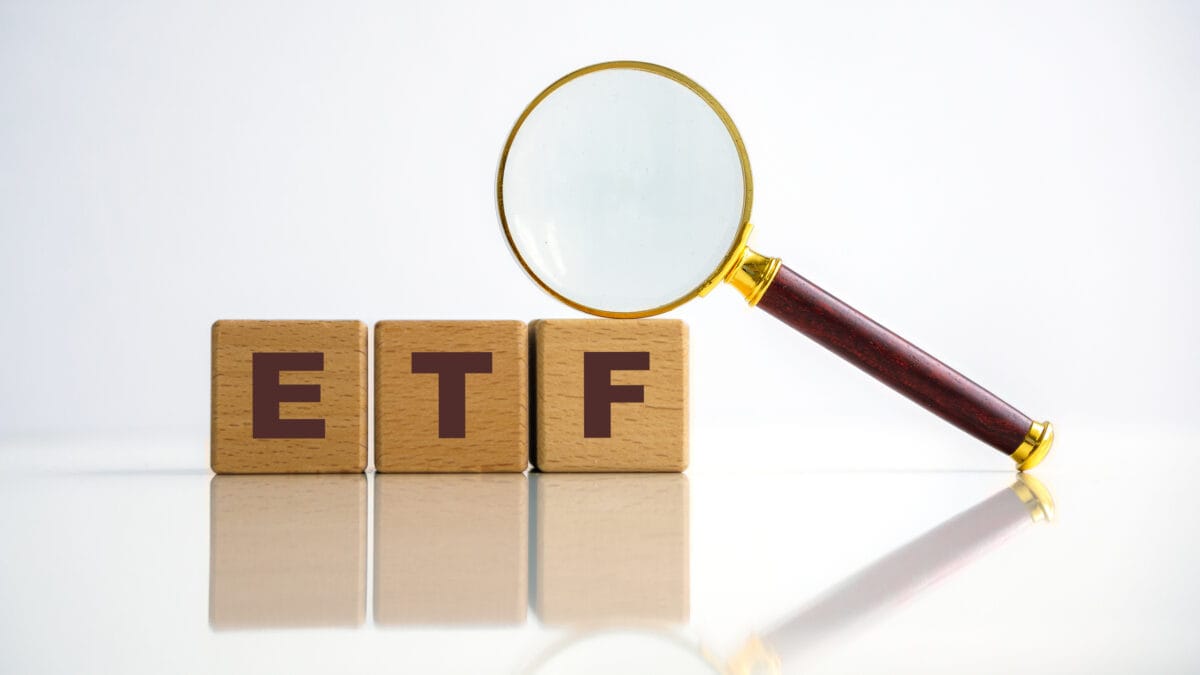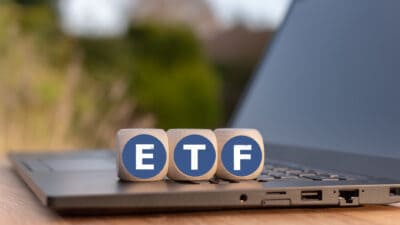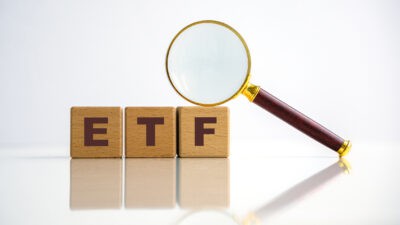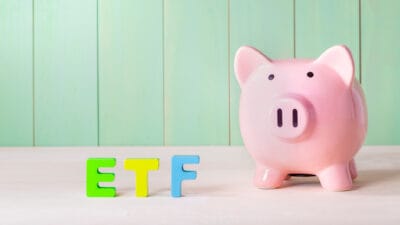ASX ETFs focused on Australian equities are set to book a record quarter as investors turn away from their international equivalents.
Global equity markets have had a rough start to the year, faced with tariff concerns and heightened geopolitical conflict.
So far this year, the local market has slightly outperformed the U.S. market. The S&P 500 Index (SP: INX) is down 5% , while the S&P/ASX 200 Index (ASX: XJO) is down 4%. While not a material gap, this appears to have prompted renewed enthusiasm for equity focused ASX exchange traded funds (ETFs).
According to data compiled by Global X Management and Bloomberg, Australian ETFs tracking domestic equities are on track for their best quarter yet. Such products have attracted inflows of $2.5 billion for the first three months of 2025, representing a new record. This reflects a 19% increase from the end of 2024.
As reported by Bloomberg on 13 March, Marc Jocum, Senior Product and Investment Strategist at Global X, attributed this to familiarity bias, noting
Despite the Australian share market making up just 2% of the global market, many investors remain drawn to the familiarity of investing in their backyard.The attractive investment opportunities provided by domestic shares compared to international counterparts continues to be a key driver.
Part of a wider trend
Since debuting on the ASX in 2001, ASX ETFs have soared in popularity. According to Betashares, Funds under Management (FUM) for the Australian ETF industry grew at a compound annual growth rate of 43% between July 2001 and November 2024.
Earlier this month, my colleague Aaron reported that the Australian ETF market is on the verge of hitting $250 million following the largest-ever yearly increase in assets.
According to The Australian, ASX ETF FUM is set to exceed $300 billion sometime this year.
The ongoing appeal of ETFs
ASX ETFs offer several compelling advantages that continue to draw investors in through varying market conditions.
They provide simple and liquid access to a broad range of asset classes, geographies and sector exposures across more than 400 products. They also provide instant diversification in a single trade.
However, it's their low management fees that appear to be especially appealing to Australian investors. According to Global X's Australian ETF Landscape Report, nearly two-thirds of ETF flows over the past 12 months had gone to funds charging a management expense of less than 0.25%.
Vanguard Australian Shares Index ETF (ASX: VAS), which invests in the top 300 ASX-listed companies for a management fee of 0.07%, remains the most popular ASX ETF. As of 28 February 2025, it had $18.4 billion in FUM.








